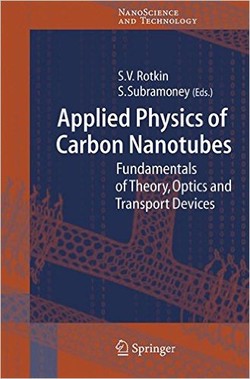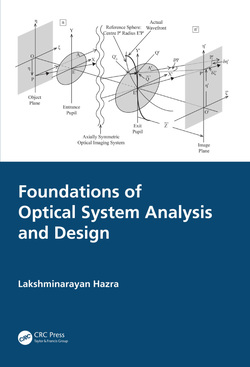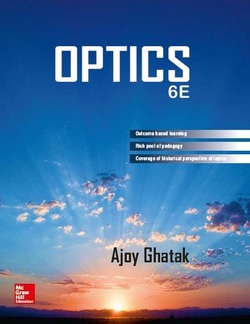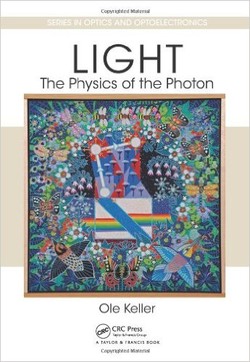فیزیک کاربردی از نانو لوله های کربنی

نانولولههای کربنی از صفحات کربن به ضخامت یک اتم و به شکل استوانهای توخالی ساخته شده است.
در این کتاب اصول و کاربردهای وسائل ساخته شده توسط فیزیک نانو لولههای کربن شامل ساخت و اندازهگیری مشخصات، اپتیک نانو لولهها و انتقال الکترومکانیکی ابزار، شرح داده میشود.
این اطلاعات در حوزهی نانو فناوری و تکنولوژی مربوط به نانو لولهها بسیار مهم هستند، زیرا این علم نقش بسیار مهمی را در ساخت وسائل الکترونیکی در دههی آینده بازی خواهد کرد.
این کتاب برای علاقهمندان به نانو تکنولوژی و کابردهای آن در صنعت بسیار مفید خواهد بود.
در این کتاب اصول و کاربردهای وسائل ساخته شده توسط فیزیک نانو لولههای کربن شامل ساخت و اندازهگیری مشخصات، اپتیک نانو لولهها و انتقال الکترومکانیکی ابزار، شرح داده میشود.
این اطلاعات در حوزهی نانو فناوری و تکنولوژی مربوط به نانو لولهها بسیار مهم هستند، زیرا این علم نقش بسیار مهمی را در ساخت وسائل الکترونیکی در دههی آینده بازی خواهد کرد.
این کتاب برای علاقهمندان به نانو تکنولوژی و کابردهای آن در صنعت بسیار مفید خواهد بود.
سال انتشار: 2005 | 349 صفحه | حجم فایل: 9 مگابایت | زبان: انگلیسی
Applied Physics of Carbon Nanotubes: Fundamentals of Theory, Optics and Transport Devices
نویسنده
Slava V. Rotkin
ناشر
Springer
ISBN10:
3540231102
ISBN13:
9783540231103
قیمت: 16000 تومان
برچسبها: اپتیک Back in 1991 Sumio Iijima ?rst saw images of multi-walled carbon nanotubes in the TEM. Two years later, he and Donald Bethune synthesized the ?rst single-walled nanotubes (SWNTs). Since then, we have seen tremendous - vances in both the methods for nanotube synthesis and in the understanding of their properties. Currently, centimeter-long SWNTs can be readily grown at selected positions on a solid substrate, and large quantities of nanotubes can be produced for industrial applications. Signi?cant progress has been made in producing nearly homogeneous samples of nanotubes of only a few diameters/chiralities. It is expected that the development of techniques for the synthesis of a single type of nanotube is not far away. At the same time, physical and chemical procedures for the separation of nanotube mixtures are being demonstrated. In addition to pure nanotubes, derivatized n- otubes with attached chemical or biochemical groups are being prepared. Nanotubes acting as containers for atoms, molecules (such as the "peapods") and chemical reactions are attracting signi?cant attention. In parallel with the synthetic e?ort there has been a race to decipher the properties of these materials. It is now clear that nanotubes possess unique mechanical, electrical, thermal and optical properties. Scientists and en- neers around the world are exploring a wide range of technological appli- tionsthatmakeuseoftheseproperties.























































